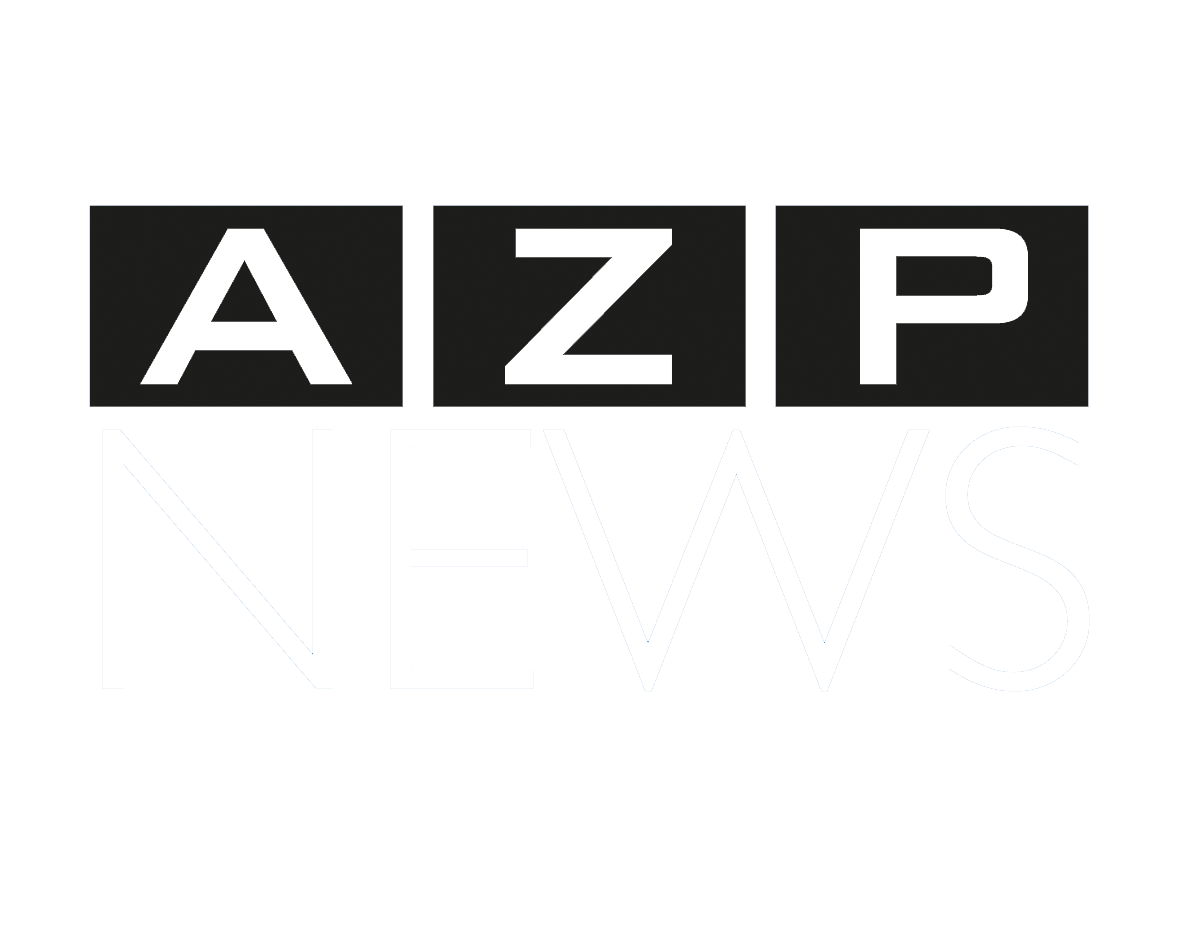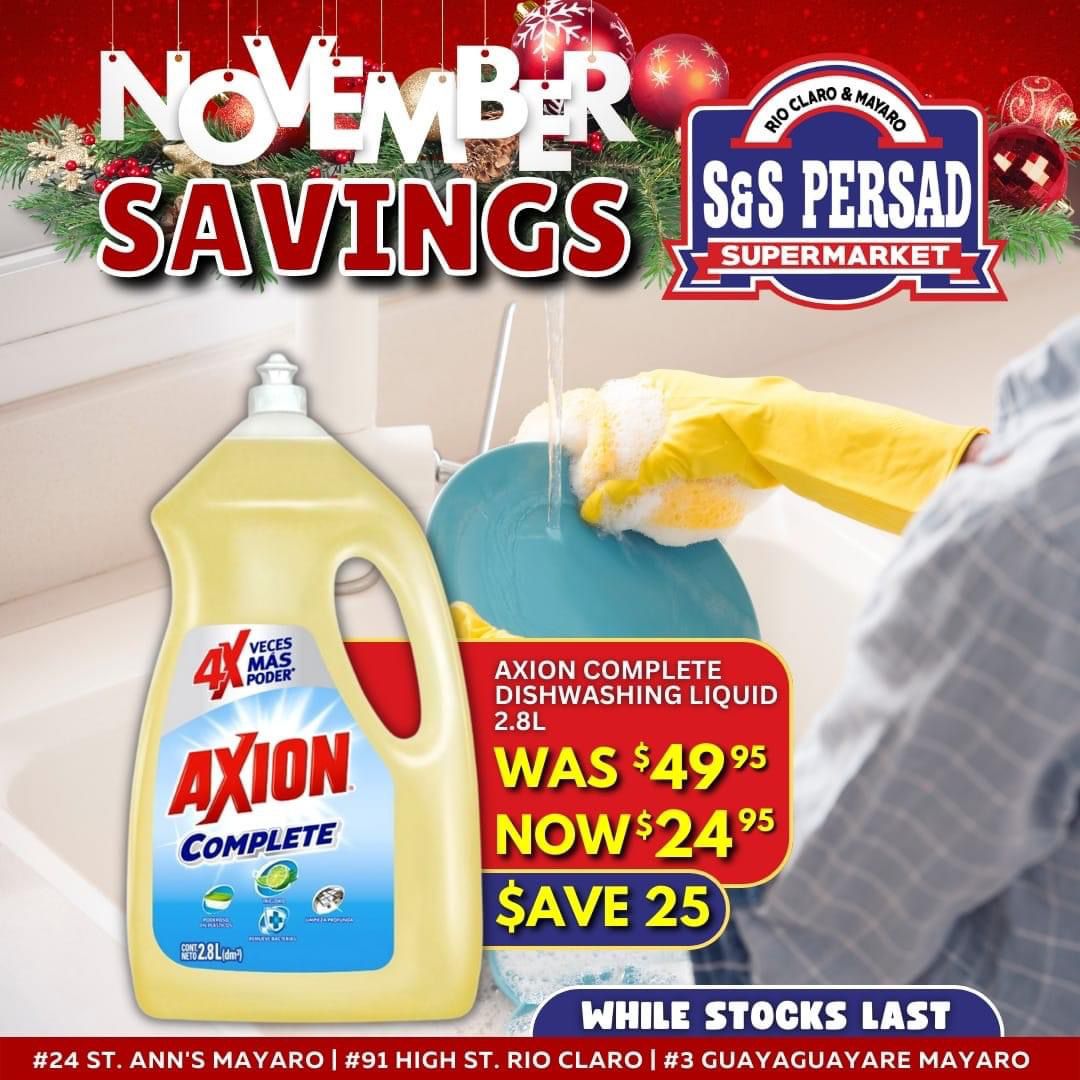By Sue-Ann Wayow
DELTA-P, the risk situation that caused five underwater divers to be sucked into an underwater pipeline in February was not discussed by them on the day it occurred on February 25.
This was revealed by main witness in the Paria tragedy Christopher Boodram as he gave evidence and was cross-examined during the second day of the evidential hearing of the Commission of Enquiry (CoE).
After giving an emotional account of what occurred that fateful Friday when his colleagues Fyzal Kurban, Kazim Ali Jr, Rishi Nagassar, Yusuf Henry went missing in a 30-inch pipeline at Berth 6, belonging to Paria Fuel Trading Co Ltd at Pointe-a-Pierre, Boodram was grilled by Paria’s counsel Gilbert Peterson, SC, on safety practices.
He was also heavily questioned by CoE’s chair Jerome Lynch, KC, and counsel to the CoE, Ramesh Lawrence Maharaj, SC.
Maharaj had asked about the events leading up to the moment the men climbed into the pipe to conduct their duties and also asked if the divers were ever informed about the risks involved in being sucked into a pipeline to which Boodram responded, “no.”
The job that day, according to Boodram, was to put in place a new riser at the offshore location which was to be done in stages. The job had also previously been delayed.
“Before putting in the new riser, we had to unbolt the flange (located on top of the riser) we had to take out the mechanical plug, do a carba (carbapenemase detection) test, and after the carba test was cleared or passed or however they want to term it, then we will proceed to take out the plug, the inflatable plug and install the riser. This is the steps in how they told us to do it,” he said.
Peterson referring to a toolbox meeting the divers held on the morning of that day asked if there was any discussions about Delta-P.
A toolbox form that needed to be signed was shown on the screen and it showed discussions held during the meeting. Delta P was not listed.
Covid-19 protocols, communication, choppy water, weather conditions, and slippery awareness were discussed on the form that bore Boodram’s signature.
During his cross-examination with Peterson, Boodram, a diver for 12 years explained several aspects of the work that was carried out and also said that the Permit to Work form was just a form which enables the person to conduct the work and does not outline the scope of works.
He also said he had been on jobs similar to the one that was expected to be done on February, both times with LMCS, the subcontractor for the job and on those occasions, Delta P was also not discussed.
The following is a transcript of part of the questioning with Peterson.
Peterson: “There was never any discussion about– well if you wanna say– do you know what Delta P is?”
Boodram: “I do.”
Peterson: “There was no discussion surrounding Delta P?”
Boodram: “No, sir.”
Peterson: “And Delta P would arrive if those plugs were removed at the wrong time, wouldn’t it? Or is that outside your knowledge?”
Boodram: “To my knowledge– again, I not supposed to say what I don’t know– but to my knowledge, usually how we do the job is that we put the plug against liquid so that there’s a force behind it. You understand? So, a Delta P was unable to happen cause the conditions would not have been correct if the line were filled with liquid. That’s how we usually do it. I wasn’t there when the plugs was installed.”
Boodram also explained the purpose of installing two barriers, the mechanical and inflatable which were previously installed upon Peterson’ request.

“The mechanical plug is there to prevent debris when doing hot work or any type of work to fall on the inflatable. Cause the inflatable like we said is like a tire. Is a more vulnerable plug but it’s there to give you a proper seal so the inflatable plus is to prevent any gas or residual gas from escaping and the mechanical plug is there to keep the debris when cutting or using any hot work, from falling in to damage the inflatable.”
The inflatable plug was also used to prevent hydrocarbons from coming up into the line in the habitat.
He further explained, “Usually, we put the plug against liquid. Right? So you pour it up just to where you need it, and where the liquid stop, you put the inflatable, right? So even if you take out the inflatable plug, because the habitat in a positive pressure, right, is very unlikely for anything to come up because there’s a pressure on it.”
Those plugs previously installed were pulled following a discussion at the toolbox meeting and approved by Kazim Ali, Jr.
Boodram was not involved in the job to install the plugs. – with reporting by Suemita Teeluck
![]()














